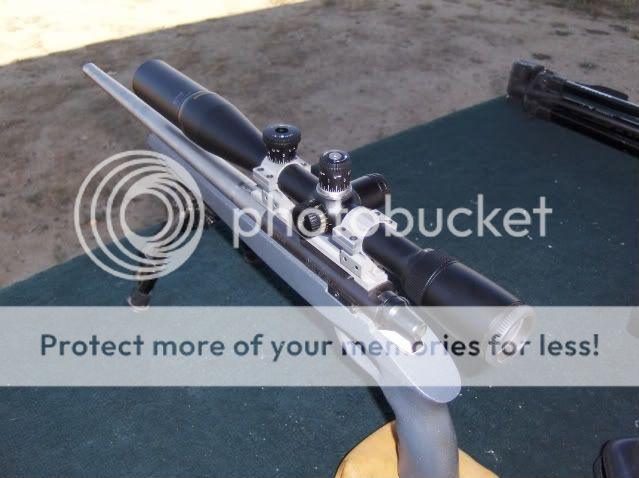Silverback7
Well-Known Member
I dont understand how MOA can be more accurate than MIL, Could you please explain this for me?
Dave
Dave
 Help Support Long Range Hunting Forum
Help Support Long Range Hunting Forum
I dont understand how MOA can be more accurate than MIL, Could you please explain this for me?
Dave
Now if someone would just come out with an IPHY reticle and IPHY adjustments; that would just be too simple.
USO has been IPHY for years.

It's not often discussed but i agree that a backup system should be established in case the laser doesn't work.
I highly doubt there are a lot of USO scopes in IPHY(other than 3.6/MRAD or 1.047MOA). I could be wrong, but it would stun me if this was so at 1.000"/100yd. Afterall, their market is tactical/LE/'snipers', LOL, and IPHY is obviously either too simple or too complicated for that bunch..
Apparently SFP subtensions and laser ranging are complicated also.
ICANHITHIMMAN, 1/16moa is pretty **** fine in adjustment.
It would take 1/55mil to match that resolution!
Did you have an issue with MOA as a standard?
What did you really want fron this thread?
Loner, I agree that calculated and dialed solutions put it all to success.
I also know accuracy in calculations is tied to input accuracy.
To the subject of MILs and SFP scopes;
In the real world, which I hunt in, optical bracket ranging in MILs, and then holding off in MILLs is more an act of futility than calculated precision.
I read some doing this rely on spotting misses & corrections to take any mark..
Some even credit themselves with 'hunting' by this blonde approach..
But I could never accept any part of this as a valid hunting.
The practical solution to that is to carry a second laser rangefinder or at least a spare battery. Rangefinders are quite reliable. Who wants range readings which aren't better than 20% error? The problem with stadia reticles isn't reading the reticles or doing the math, it's guessing the size of natural objects. . You can get under 5% error if you have objects of known size in the field of view but how often do you have that?